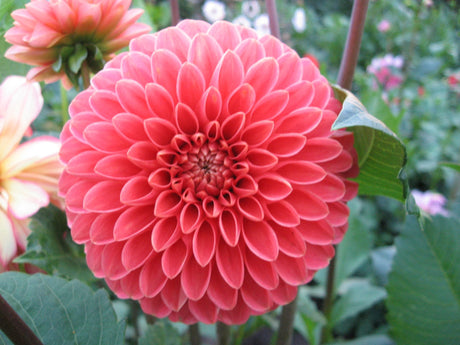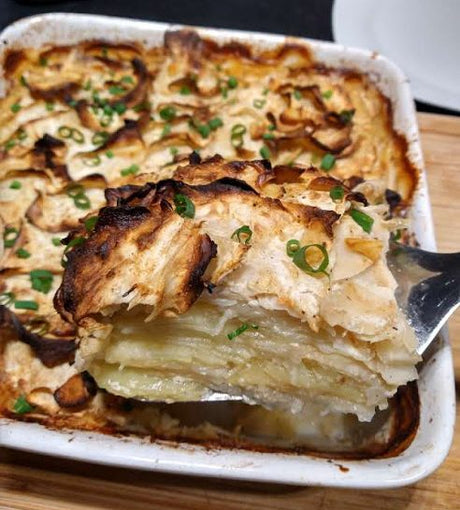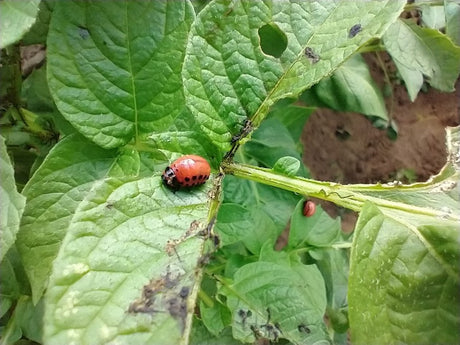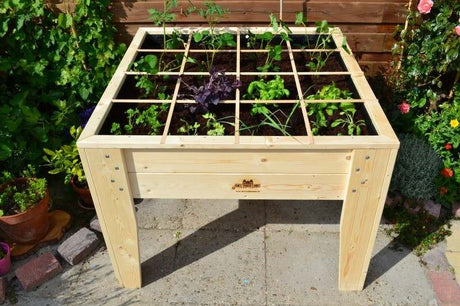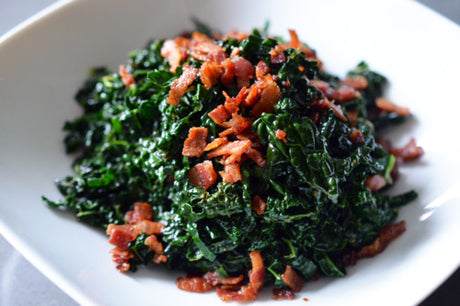Table of Contents:
Introduction to pruning raspberries
Pruning raspberries is an essential step if you want to enjoy healthy, productive raspberry bushes in your garden. Whether you're a beginner or have years of experience growing raspberries, it's important to know how and when to prune. By pruning your raspberry bushes correctly, you can not only control growth but also improve the quality and quantity of your harvest. It might seem daunting to pick up the pruning shears, but believe me: anyone can learn! In this blog post, you'll find everything you need to know as a raspberry lover to keep your bushes in top condition and enjoy delicious fruits year after year.
Why do you need to prune raspberries?
Regularly pruning your raspberry bushes is essential for keeping them healthy and ensuring a bountiful harvest. By removing old, weak, or diseased branches, you give the plant the opportunity to focus its energy on forming new shoots and fruit.
Winter, when the bushes are dormant, is a particularly good time to prune. This helps prevent the spread of diseases and ensures a bush full of new branches in spring. It's important to know that there are different types of raspberries, such as summer raspberries and autumn raspberries, each requiring its own pruning method. By pruning at the right time, you can optimally utilize the plant's energy and you'll notice a better harvest every year. This gives new shoots plenty of room to grow and flower, ultimately resulting in more and larger fruits.
Pruning your raspberry bush isn't the only thing you need to do. After pruning, you can also thin out your raspberry plants. Raspberries often want to grow into the wide world, and that's best achieved with a little good care from you.
Once you've pruned and thinned all the raspberry plants, it's a good idea to tie them up. This will help position the shoots in the sun and prevent them from drooping and rotting under the weight of the fruit. Tying up the shoots provides the plant with extra support.
Pruning, thinning, and tying up raspberries improves light penetration and air circulation, reducing potential disease and pest pressure. In this article, I'll explain everything.
If raspberries are n't pruned , they become their own worst weeds. When too many canes become crowded , they compete for sunlight, causing the shaded leaves and buds on the lower half of the plant to die. After harvest, it's important to remove the leaves so the plant can go dormant. Without those buds, you'll have fewer fruiting branches and a much smaller harvest.



